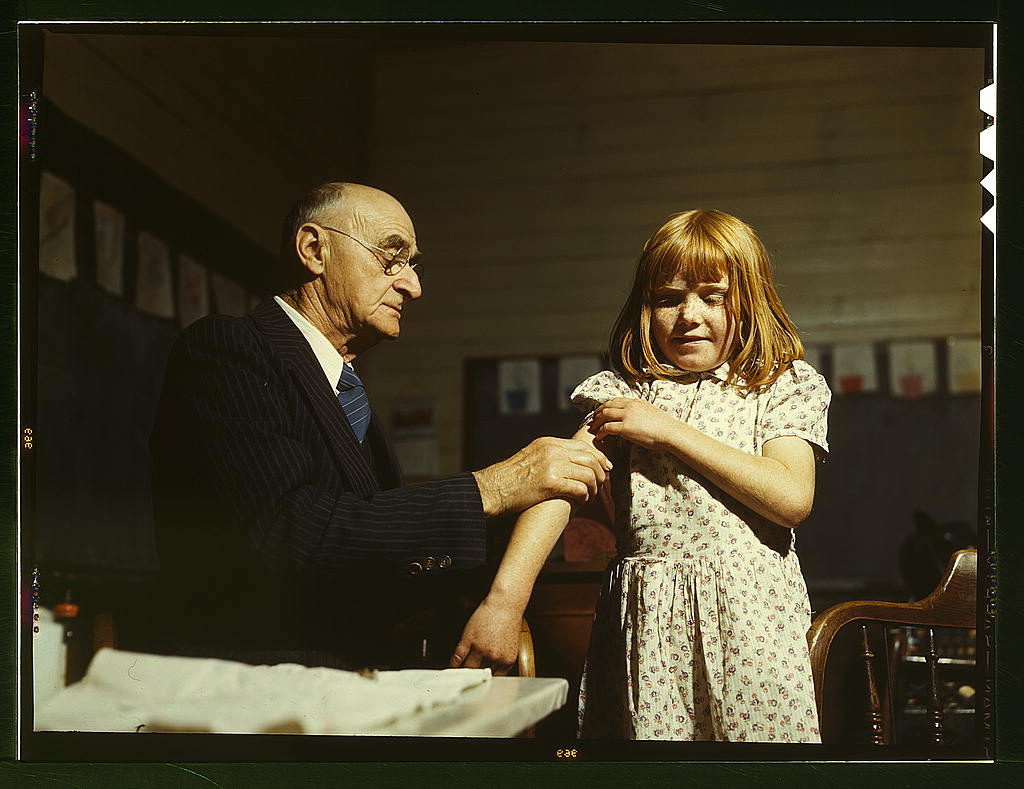Community managers must make sure their projects are healthy. Before they can help foster and grow a community, they have to make sure it’s a well functioning, welcoming place.

While community managers and project leaders often don’t explicitly talk about what’s not working well, you will often find them doing a wide variety of things. They are doing whatever is needed — filling in the gaps — to make their project work well so that new people can join.
Here are some of the things that an open source software project needs in order to be healthy and grow community.
- Getting Started. In order for new people to join, here has to be an easy way to get started using the project and an easy way to get started contributing. Usually 30 minutes is the maximum amount of time someone will try to install and use your product for the first time.
- Clear Goals. A project needs clear goals before its community can grow. New members need to know what problem the project is trying to solve and how they plan to do that. Without a clear vision and set of goals for the project, someone who hasn’t been involved with the project won’t know what contributions might be welcomed.
- Target Audience/Market. As part of its vision and goals, a project needs to know who it’s for. Is it for enterprise software developers or elementary school kids?
- Project Lead. The project lead can be a single person (like Linus Torvalds) or it can be a small group of people (like Samba) or it can be a group of people (like Apache) but it really helps the project identity, the decision making process and the goal setting to have leadership.
- Release Management. Every project produces something and there needs to be a way that “something” gets produced and published for people to use. And a place where people know to find the latest version.
- Project Infrastructure. Every project needs some amount of infrastructure. Most projects need source code control, bug tracking and mailing lists. They also probably need a website, a place to publish documentation and a way to manage finances.
- Roadmap. Sometimes a project’s roadmap is simply a backlog of issues. Sometimes it’s a Trello board. Sometimes it’s a detailed 2 year roadmap. Whatever form it takes and however much detail it has, it’s important to the project to know what’s next.
- Governance. A well-defined project has clear processes for how decisions are made and who gets to make them. Some projects have well developed governance processes. Others have light weight, undocumented processes. But without some sort of governance, the project is likely to stall often.
- Advocates. In order for a project to grow, someone must be talking about it. These advocates may be users or contributors. They may be spreading the word on the internet or at in person events.
- Events & Outreach. More advanced projects will start to participate with a talk or a table at existing events and may even start to hold their own events.
If any of the above things is not working, it will be hard for a project to attract new users. A good community manager or project lead will focus on making the project run well first before inviting new people to join.